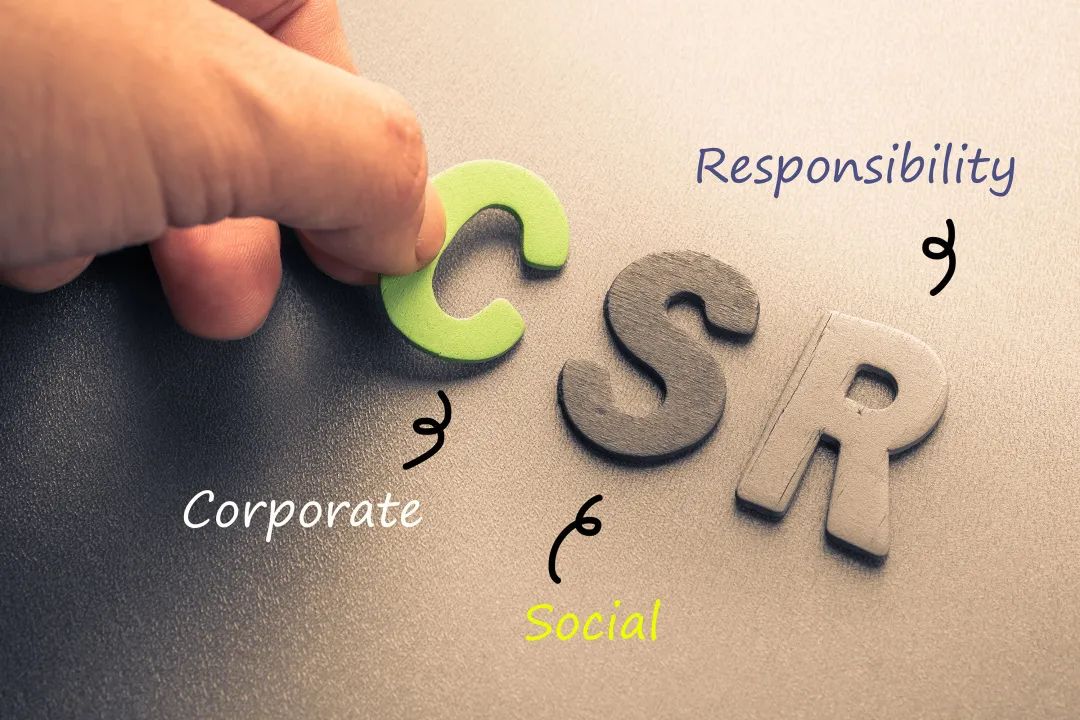Mixed messages on CSR can cripple your company’s attractiveness as an employer

By Lan Wang, Jian Han, Bala Ramasamy and Siqing Peng
Corporate Social Responsibility (CSR) and a desire to positively impact society in the course of regular business is becoming an increasingly important facet of brand strength. However, as the recent DWS ‘greenwashing’ scandal has demonstrated, accusations of misrepresenting social commitments can have dire consequences for a firm’s valuation and reputation.
Building a strong brand is common business sense for any employer looking to attract the best talent, particularly in today’s hypercompetitive global business environment. But, as younger employees demonstrate a growing interest in the CSR practices of their employers, what are the potential pitfalls for organisations when it comes to the interplay between CSR signalling and their attractiveness as a place of work?
While CSR is enjoying an explosion of academic interest, there is still a lack of in-depth understanding of how potential employees perceive brands that act incongruously when it comes to CSR (i.e. when the message the brand delivers doesn’t match up with what employees see, hear and read about them). A forthcoming paper we have authored explores this very topic.
In the process of this exploration, we distinguish between two types of incongruous brand behaviour:
1) An imbalanced brand is one that overinvests in its corporate ability (i.e. the overall expertise it has to deliver desired outputs such as profits, products, etc.) at the expense of CSR, or vice versa
2) A conflicting brand is one that demonstrates CSR and corporate ability (as you would expect), but also signals corporate social irresponsibility (CSiR) (i.e. acting in a socially irresponsible manner, such as harming the environment or having tax disputes)
Across three studies, involving over 2,400 participants engaged in surveys and experiments featuring both real-life and fictitious brands, we found that when a brand’s corporate ability is weaker, CSR has a stronger impact on its organisational attractiveness. Similarly, CSiR had a negative impact on organisational attractiveness, one that was more pronounced the stronger a brand’s corporate ability. Considering all three facets (CSR, CSiR and corporate ability) at once, our findings also show that CSR can weaken the negative impact of CSiR when corporate ability is strong, but amplified it when corporate ability is weak.
These findings are essential for any organisation looking to maximise its attractiveness as a potential employer. They also expand our understanding of how job seekers perceive and react to brands who do not maintain a consistent brand image regarding CSR and CSiR. In terms of practical implications, our findings suggest that CSR matters more to job seekers today than ever before. Practising it can make a brand a significantly more attractive employer, particularly if its corporate ability is weak. If this is the case, such companies can use CSR to compensate for their lack of competitive advantage.
Equally importantly, brands must understand that CSR efforts aren’t always received positively by their target audiences. In fact, their very presence can make a brand’s irresponsible actions look even worse. Job seekers who are presented with a highly inconsistent image of a brand that simultaneously practises both image-enhancing and image-destroying activities (CSR and CSiR) are much more likely to react with disappointment and cynicism, making them even less temped to work there.
As for managerial implications, our findings underline the fundamental importance of an integrated approach to brand building. Public relations, HR, and marketing functions must work in step to create a clear, consistent and unambiguous brand image regarding CSR activities and how this image sits within the organisation’s wider communications about its corporate ability. Additionally, organisations must avoid performing CSiR (and must be wary of even giving out CSiR signals unintentionally) at any time, anywhere, given its capacity to dissuade job seekers from even approaching them.
Finally, these are important considerations as the ‘CSR vs. profit’ debate rages on in both academia and the world of business. Companies of every size and industry continue to ask themselves if they should exist solely for making profit, or if they should practise CSR (and to what extent). Our findings strengthen the understanding that CSR can represent multiple forms of competitive advantage, if employed correctly. On the other side of the coin, engaging in CSiR (intentionally or not) in the naked pursuit of profit can cripple an organisation’s ability to attract talent, hamstringing its long-term sustainability. Worse, for brands already perceived as irresponsible, their efforts to improve their image through CSR have the potential to backfire dramatically.
This article refers to a forthcoming study entitled, “Incongruous Employer Brand Signals and Organizational Attractiveness: Evidence from Multinational Companies in China" in Human Resource Management.
Lan Wang is an Assistant Professor in Management at The National School of Development at Peking University. Han Jian is a Professor of Management at CEIBS. For more on her teaching and research interests, please visit her faculty profile here. Bala Ramasamy is Associate Dean (Global EMBA) and a Professor of Economics at CEIBS. For more on his teaching and research interests, please visit his faculty profile here. Siping Peng is a Professor of Marketing at Guanghua School of Management at Peking University.













